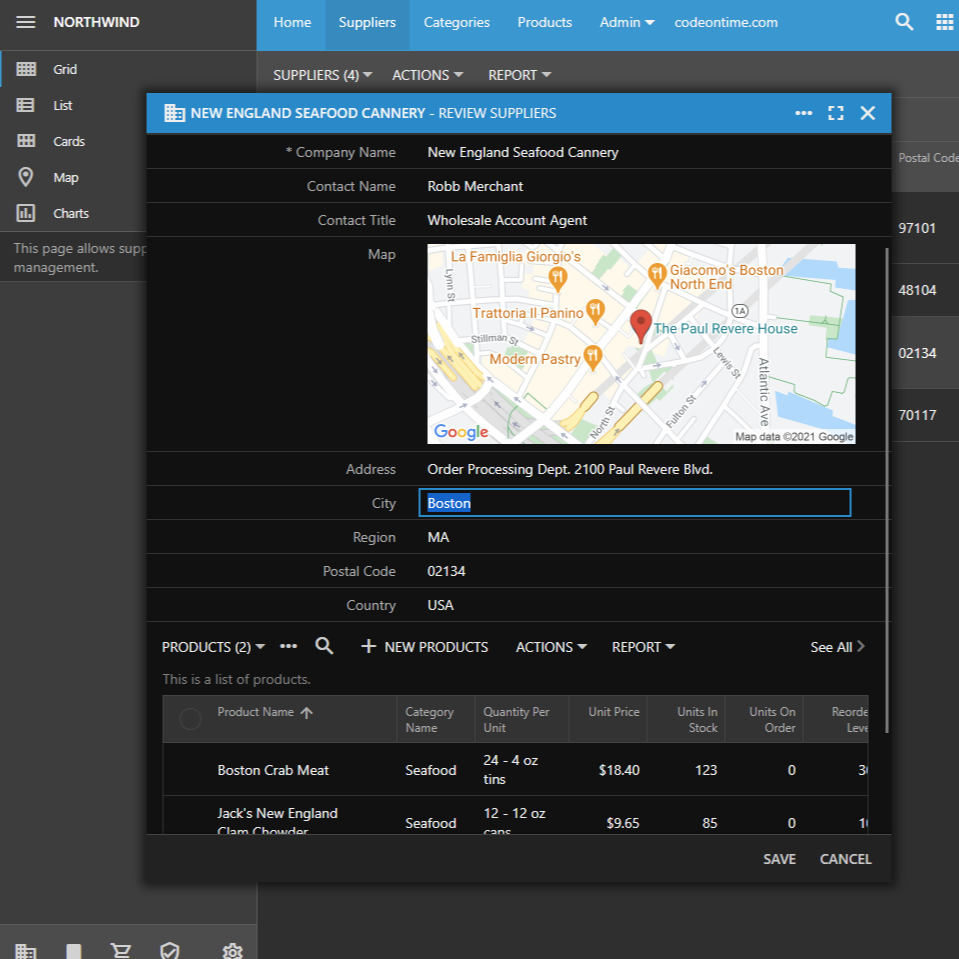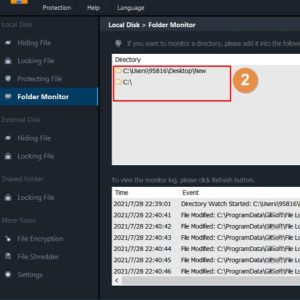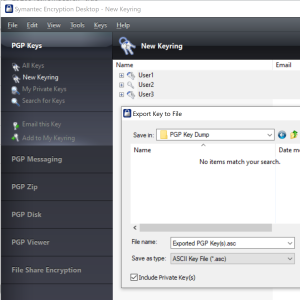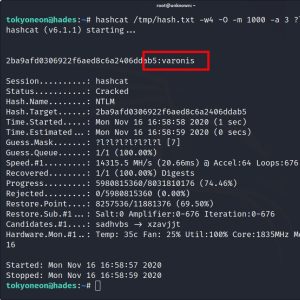Description
Universal Configuration File
The Universal Configuration File is designed to store application settings in a format that is compatible across different operating systems. It ensures that configurations can be shared across Windows, macOS, and Linux without modifications.
Problem It Solves
Platform-specific configuration files can create compatibility issues. A universal format enables smooth transitions between different environments.
About the Code
The file uses standardized formats like JSON, YAML, or XML to define key-value pairs that store application preferences.
Customization
Users can modify parameters such as logging levels, API endpoints, and user preferences.
Usage
1. Open the file in any text editor.
2. Modify the settings as required.
3. Save the file and restart the application.
4. Ensure the format is consistent across platforms.
5. Store the file in a shared or cloud directory for portability.









Patricia –
“This ‘Universal Configuration File’ is fantastic! I’m a solo developer and it’s made managing application settings across Windows, macOS, and Linux incredibly simple. The ability to use JSON, YAML, or XML provides excellent flexibility, ensuring consistency in different environments. Modifying configurations is now a breeze without touching the core code, and the support for both cloud and local configurations is a real plus. It’s saved me so much time and frustration.”
Bulus –
“This ‘Universal Configuration File’ is brilliant! It’s exactly what I needed to manage application settings across different operating systems. The ability to use JSON, YAML, or XML is fantastic for compatibility, and it’s incredibly useful to easily modify settings without touching the code. The consistent performance across Windows, macOS, and Linux is a massive win, and the support for both cloud and local configurations offers great flexibility. A solid solution for cross-platform configuration management.”
Amos –
“This Universal Configuration File is fantastic! As a solo developer working across multiple operating systems (Windows, macOS, and Linux), it’s been a godsend. The ability to store application settings in JSON, YAML, or XML and easily modify them without touching the code is a major time-saver. Consistency across different environments is now effortless, and the support for both cloud and local configurations is incredibly useful. It has significantly streamlined my workflow and ensured a smooth user experience.”